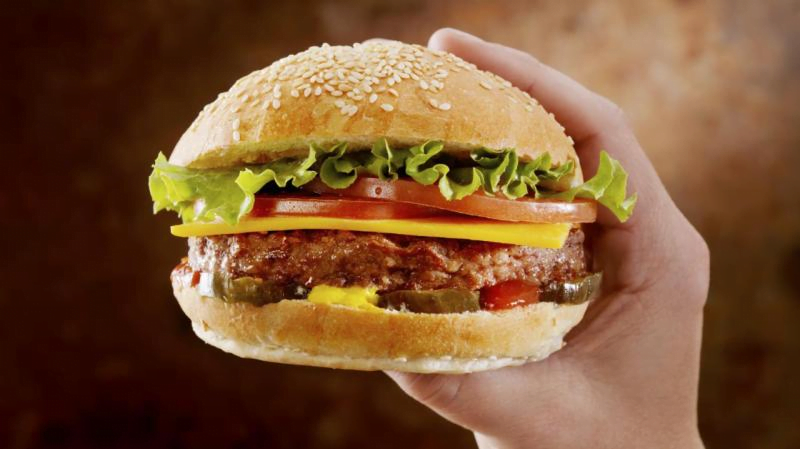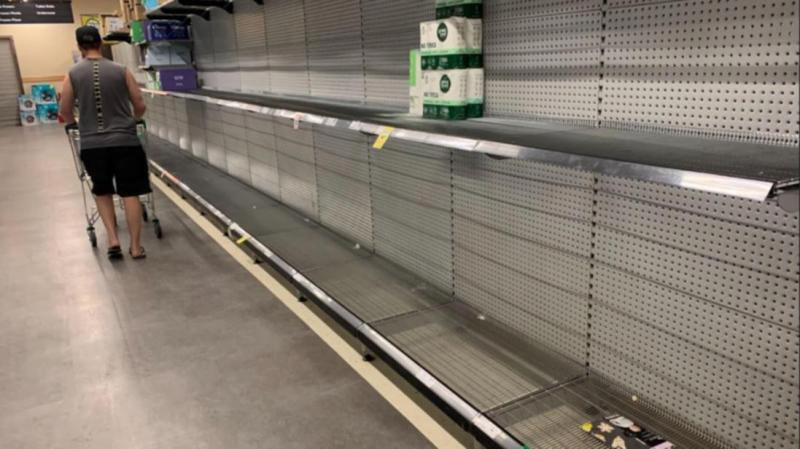After gaining valuable insights last year, 2022 will mark the year when virtually every major grocer finalises their e-grocery strategy.
Many will move into the execution phase using MFC automation, says Swisslog, a leading provider of best-in-class warehouse automation and software for the e-grocery industry, as well as other food and beverage, and retail applications.
Based on customer insights and market trends, Swisslog, as an industry leader with successful micro fulfilment centres (MFCs) and e-grocery fulfilment centres (EFCs) operating across the globe, has identified five trends that will shape e-grocery fulfilment this year.
E-grocery orders get smaller and more frequent.
Over the past year, despite sales fluctuating month-to-month, the overall trend was one of growth in the e-grocery sector. As consumers become more comfortable with online grocery shopping and the convenience it provides, they start placing smaller, more frequent e-grocery orders. MFCs and EFCs enable greater agility in responding to changing order profiles because the automation systems deployed in these facilities provide the flexibility to scale throughput and inventory independently.
According to an IBISWorld report from May 2021, industry revenue is expected to grow at an annualised 27.7 per cent over the five years from 2020-21, to $7.1 billion. This includes an anticipated increase of 46.2 per cent in 2020-21, as the Covid-19 pandemic continues to influence the way Australians grocery shop.
Competition around delivery times heats up.
As the e-grocery industry matures, there is growing pressure to reduce order fulfilment times, which are increasingly demanded by customers, as they become more familiar with online grocery shopping.
According to an inc42 article, it takes around 60 minutes for picking an e-grocery order manually from the shop floor. Micro-fulfilment centres can shorten picking time in some applications to as little as six minutes
Grocers relying on manual fulfilment will be hard-pressed to keep pace with customer expectations. Those moving to automation must ensure their systems are optimised for speed through advanced slotting strategies, maximum automation utilisation, and orchestration across upstream and downstream processes.
Grocers cut through the hype and focus on the business case.
The time pressures of the pandemic necessitated urgent fulfilment plans, but these quick-to-deploy solutions are exactly that: designed to help with rapid spikes and extreme situations. They often don’t achieve optimum long-term ROI or cost-per-order expectations.
For example, the unexpected demand boost during the early stages of the Covid-19 pandemic resulted in stock shortages in most supermarkets. As approximately 70 per cent of online grocery orders are packed from stores, many online orders were left unfulfilled. Both Coles and Woolworths suspended online orders during the peak of the stockpiling phenomenon.
This year, grocers are likely to take a more analytical and long-term approach to their e-grocery strategies. The focus will shift to establishing and scaling a cost-neutral e-grocery offering.
Innovative automation configurations emerge to address key application challenges.
The flexibility of the automation deployed in MFCs and EFCs allows these systems to adapt to small and irregularly shaped locations and scale with changes in demand. This year, it will also be leveraged in innovative configurations that more tightly integrate manual picking with automation to optimise building and space utilisation.
Omni-mode last mile fulfilment increases the focus on consolidation.
When e-grocery fulfilment hubs are supporting pickup as well as delivery to customers and retail spokes, consolidation and staging become more complex, which increases the focus on consolidation in e-grocery fulfilment centre planning.
This year, more grocers using a hub-and-spoke distribution strategy will choose to automate consolidation as well as fulfilment. Shuttle systems have proven to be an ideal consolidation engine and will be increasingly paired with cube-based automation systems, such as AutoStore, to efficiently consolidate the ambient, chilled, and frozen components of an order, based on delivery and pickup schedules.
Conclusion
It may be a little premature to say e-grocery fulfilment has ‘come of age’, but it is advancing rapidly as volumes increase and more grocers gain experience operating MFCs and EFCs. This year, that progress will be seen in a wave of grocers launching their initial e-grocery distribution centres. By working with experienced partners and leveraging lessons from early adopters, these organisations can achieve cost efficiencies and performance levels that no one was sure were possible just two years ago.
Extracted from Inside Retail


